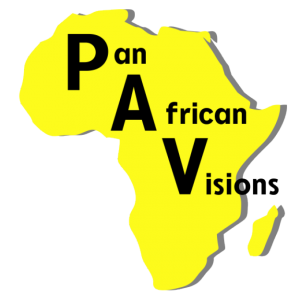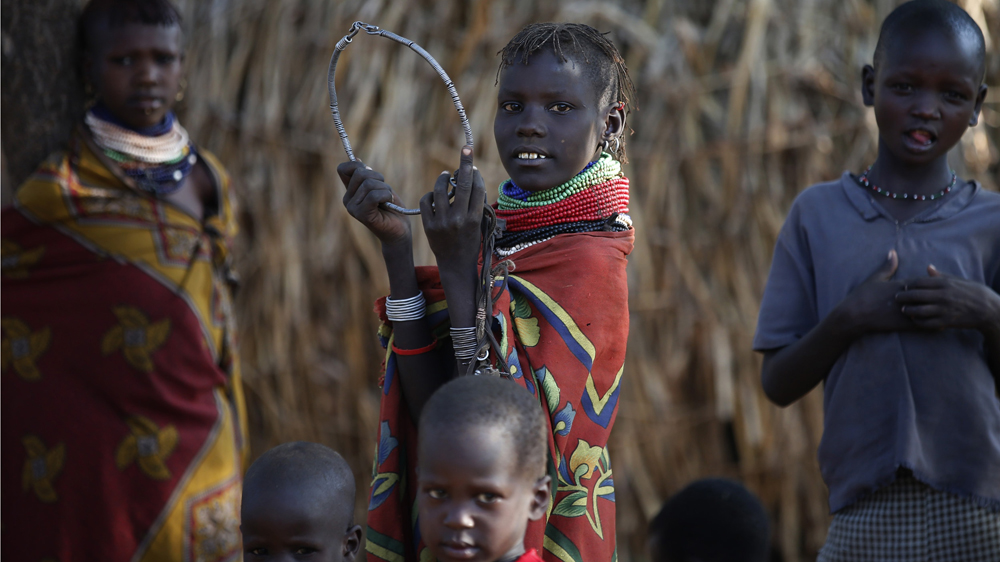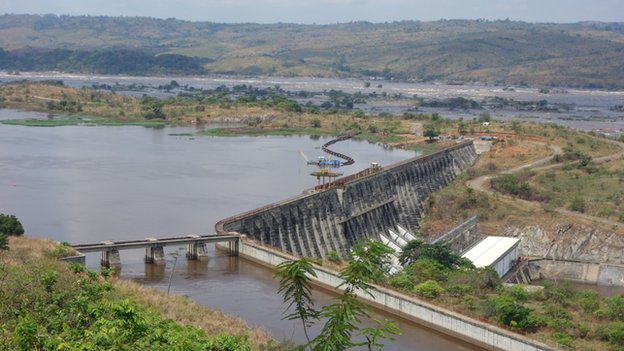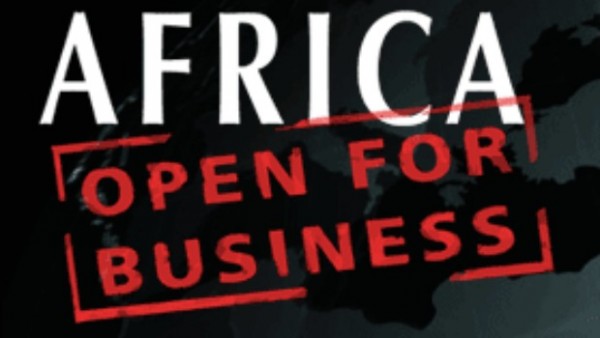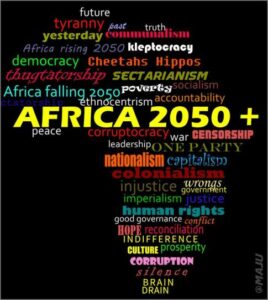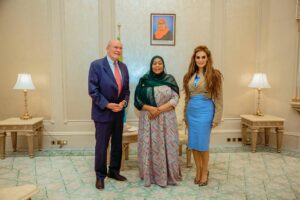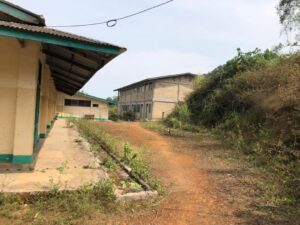Kenya: Telling the story of Turkana, one film at a time
September 25, 2016 Turkana, Kenya – Around Lodwar, a town in the arid Turkana region of northwestern Kenya, Carol Akai and Bedan Lomor are recognised by the video cameras they carry.
They are on a mission to put their birthplace on the map and their cameras are the tools with which they hope to make that happen.
The vast, barren area has recently become better known after the discovery of oil and large underground aquifers – but also because of widespread insecurity, including cattle raids and conflicts over resources.
But that's not the image Akai and Lomor want to project of their region. Although they do not try to conceal the realities of life in Turkana, they feel that there are more important issues affecting their people – such as a shortage of healthcare centres, education facilities and even water – that the world should know about.
A story of challenges
“Kenyan media has not done justice to the story of Turkana. What is coming out of the Kenyan media is not the truth of [all that] is happening,” Lomor told Al Jazeera.
“The truth has to be told by people who have been affected, like me.”
Lomor comes from Nakukulus village in the west of Lodwar, and spends much of his time documenting the stories of his people as a citizen journalist.
He strives to shine a light on the day-to-day problems his community faces, such as access to education and healthcare.
Education levels in the area are so low, he says, that only a handful of people carry higher degrees.
“Their children are not going to school,” says Lomor angrily. “When these people get bitten by a spider or a snake, they have no ambulance to take them to the hospital.”
“Those challenges are the story of the people of Turkana.”
Media access
Aside from the poverty, Turkana is a difficult and dangerous place for journalists. Although most who go there are accompanied by police, there have been several cases of attacks on journalists and security personnel by bandits in the area, many of which go unreported.
But, as a local, this is the least of Lomor's worries.
“[Locals] feel OK with me, they take me in as their son,” he says. “They will not feel cheated because I will always tell the truth and ask the honest questions. So they take my work in a positive way.”
He believes journalists from outside face a hostile reception because locals have an overwhelming sense of apartness from the rest of the country – not only in terms of distance, but also by the contrast in development.
“We refer to people in other parts of Kenya as ‘Kenyans' [and not fellow citizens] because they are far ahead of us,” Lomor says, adding that those living in Turkana hear of the new roads, regeneration of the capital city Nairobi, water provision projects and other developments happening in Kenya.
“[In Turkana] we have not experienced [these things] at all,” Lomor says. “So, when outside journalists come, the locals easily feel bitter.”
Lomor and his colleagues have organised themselves into a group, gathering their stories in pairs. With the help of the nongovernmental development and aid agency, Cordaid, and the Content House production company, the journalists are now bringing those stories to life.
Cordaid has helped provide cameras, while Content House assists with training and finding platforms to publish their stories.
Through this project, Cordaid hopes to broaden channels of expression for marginalised communities in Turkana. They are using this project as a pilot with the aim of rolling out similar citizen-focused reporting in other areas of Kenya.
“Communities in Turkana have no access to media as other communities in Kenya do,” says Winston Omondi, a field officer with Cordaid. “There is no way media from other parts of Kenya will come here and express stories of diversity and richness that come from Turkana in the way that local people would in their own perspective.”
‘The camera tells the truth'
Carol Akai has chosen to concentrate her stories on issues she feels strongly about.
“I became a citizen journalist because I wanted to help most women of Turkana whose needs are often overlooked in the community. Because of the traditional culture, a woman does everything from looking after the children, building the home and looking for food,” she said.
“All this work is not recognised, and as long as women don't know their rights, this will continue.”
Akai says her journalism was inspired by the story of her grandmother. After her had grandfather died, she says, her grandmother was left with nothing of the property that she and her husband had worked together to build for many years. There are no legally recognised inheritance laws to protect the interests of women.
“It is from that experience that I have decided to become a role model for the women of this community and enlighten them about their rights,” she added. She is already imparting her skills to other young people interested in documenting local stories.
She recently put the final touches on a story about a woman who walks several kilometres a day in search of wild fruit and water to feed her family and their livestock. The documentary aims to show the hardships of everyday life for women, as well as to encourage men to take their share of the workload.
Akai, like her colleagues, uses a video camera to record her stories.
“The camera shows reality. The voice can be manipulated, but the camera tells the truth,” she says.
Once the stories are recorded, they are taken to a video editor in Nairobi who puts them together into a documentary. After that, they are published on social media and distributed to international news outlets.
Peter Murimi, a Nairobi-based filmmaker, is in charge of training the citizen journalists to produce and direct their films. He is part of Content House productions and also helps them edit the stories.
“We thought training Turkana journalists will be most representative of issues that they are facing, rather than me travelling from Nairobi to go and tell [their] stories,” he says.
“They say information is power,” Murimi adds. “The more information that moves up and down, the more the Turkana community is empowered.”
The post Kenya: Telling the story of Turkana, one film at a time appeared first on African Media Agency.
Source:: http://amediaagency.com/kenya-telling-the-story-of-turkana-one-film-at-a-time/
